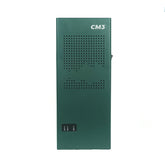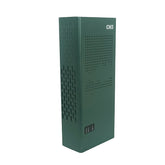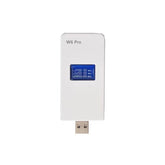5G radio frequency
5G radio frequency
The 5th generation of wireless systems, or 5G for short, will likely be deployed in 2018, after which improvements will be made to use existing 4G or recently designated 5G frequency bands. Key technologies include: mm-band (26, 28, 38 and 60 GHz) 5G and 20 GHz/sec higher delivering performance; Massive MIMO (multiple) outputs – including 64-256 antennas – delivering performance 10" to current 4G networks;" "Low Band 5G" and "Mid Band 5G" 6 GHz, from 600 MHz, especially 3.5-use frequencies to 4.2 GHz.
This comes with a variety of rapidly interacting technologies, bandwidths and applications.
This is defined by the overall standard configuration it comes with.
5G NR uses two frequency ranges:
Frequency Range 1 (FR1), including sub-6 GHz bands,
Frequency Range 2 (FR2), including bands in the mmWave range (24-100GHz),
National designation of 5G radio frequencies in the mmWave band.
Utilizing this bandwidth, it is open to the public as defined by international standards and more frequently under the 5G umbrella as they develop new applications to work within the 5G infrastructure60. - There are other frequency bands like the 64GHz band.

frequency band in the region
2020 Europe for commercial deployment of 24.25 – 27.5 GHz
China 24.25 – 27.5 GHz and 37.25 – 43.5 GHz surveys
20202017, possibly from commercial deployment Japan 27.5 – 28.28 GHz testing
20182019 Korea 26.5 – 29.5 GHz Test and Commercial Deployment
US 24.25 – 28.35 GHz and 37-40 GHz, 64 – 71 GHz pre-commercial deployments in 2018
India 24.5 – 29.5 GHz
At the same time, when it comes to 5G radio frequency, it is necessary to mention 5G phone jammer, which can interfere with 5G mobile phone signals, and can also interfere with 2/3/4G mobile phone signals.
Free Scope License
The FCC has allocated an unprecedented 7GHz of off-channel spectrum for unlicensed operation between 57-64GHz. This allows anyone to create applications within this frequency to take advantage of this spectrum for needs and applications.
An example is the all-common word "WiFi" we grew up with. The word companies are giving now is to give us the "WiFi" that 5G and mmWave use... Wifi is like IEEE being "WiGig" again, it creates wireless routers, hubs and networks. What is enabled and defined is a defined set of standards.
WiGig is a definition that conveys information and is compatible with current WiFi networks using the 60GHz frequency space.
The frequency in turn uses titanium to meet the high-speed demands of appliances, toasters, over-the-air TV spills and more cans (and)













